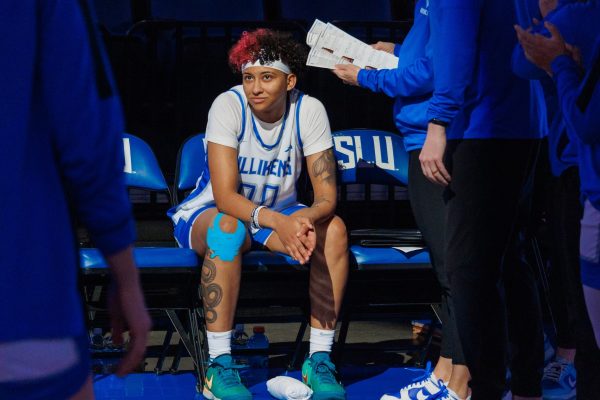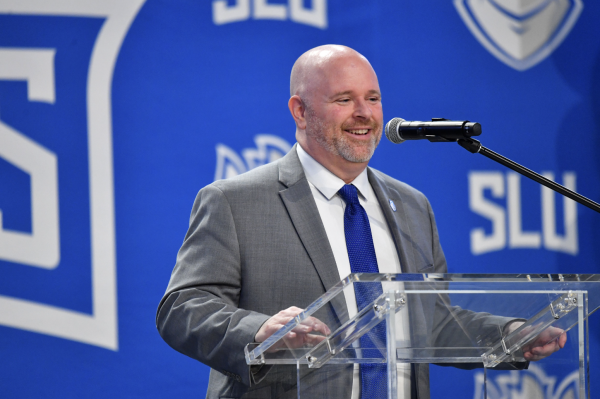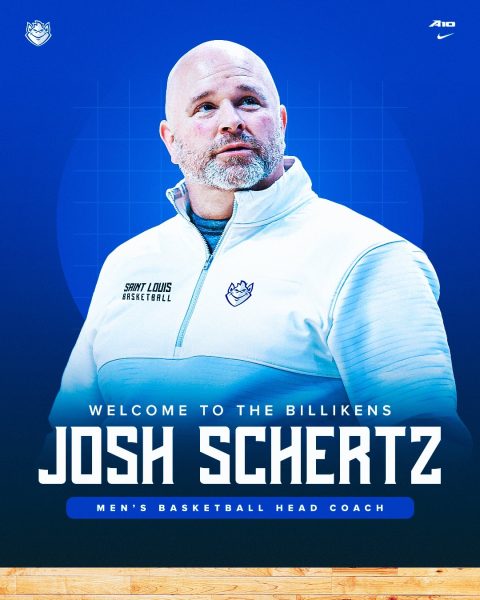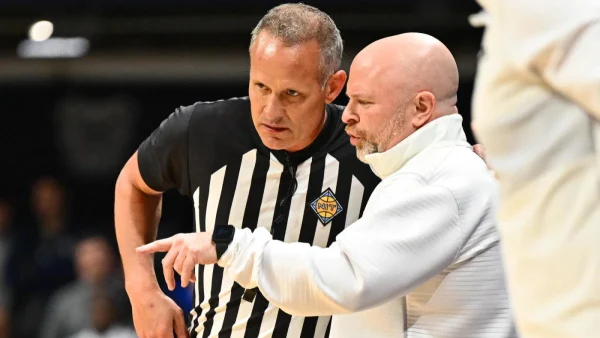The Cardinal Rule: Know Thy Enemy
Stanford athletes protest program cuts
Stanford is a powerhouse. Known as the ivy of the west coast, with a stunning campus and astronomical post-graduation clout, it is easy to understand why the draw to Stanford is so big for student athletes. Oh, and they boast a 36 program athletic department. Well, before COVID-19 they did.
With the onset of coronavirus, Stanford Athletics knew that their financial department would feel the repercussions quickly. So, they made the decision to cut programs. The news of the cuts broke on July 8, 2020. The athletes belonging to the programs that would be cut were sent an email at 9:10 telling them they would need to be on a call by 9:45. In five short minutes, Stanford athletic director Bernard Muir had told the athletes the cuts were non-negotiable. Whatever season COVID-19 allowed them to have would be their last in a Stanford uniform.
While Stanford was not the first school to make athletic department cuts, they were the first to do so with such magnitude. Prior to the cuts, Stanford had boasted the second largest athletic department in the country with 36 programs. Even with their $26.5 billion trust, the school said they could no longer afford eleven programs. They would be cutting men’s volleyball, wrestling, men’s rowing, field hockey, squash, women’s lightweight rowing, synchronized swimming and the coed fencing and sailing teams. Stanford said they would honor all present athletic scholarship commitments and pay out all coaching and staff contracts affected. They would also be paid severance.
For plenty of athletes, however, they had not simply chosen Stanford for all the extras that college competition would offer them—they had come to play. Shane Griffith overtook the NCAA wrestling championship by storm. This was a complete 180 from the kid who had called his dad that day with serious consideration of quitting. Griffith would take down Pittsburgh’s Jake Wentzel to claim the 165 pound championship. When his time for interviews came, questions came flooding in regarding the all black uniforms the team had worn throughout the tournament. Unanimously, the team had decided they would not wear the logo of a school they felt did not support them. They had made their journey to St. Louis on their own accord, with the support of their friends and family, rather than that of their athletic department. Griffith’s success on the national stage brought widespread attention to the plight of not only the wrestling team but of the other eleven sports that had also been cut.
The only other Stanford sport that has seen competition this year is Stanford field hockey. Taking a page out of the wrestling team’s book, they come to every match equipped with black tape. On both their red and white uniforms, the black line that cuts through Stanford sends the same message as Stanford wrestling: they will not play for a school that does not support them. On April 24, 2021, Stanford field hockey took the America East championship for 4 titles out of the last 5 years. The argument that the athletic department had previously tried to make that the programs were not winning enough, simply does not make sense.
Both programs are fighting to remain alive. Donations have been made and the eleven million price tag placed on them to retain residency in the department has been reached. However, Stanford has remained steadfast in their decision: they plan to keep only 25 teams. Throughout the years, Stanford has produced plenty of Olympians. It is one of the few athletic departments left in the country that has fought to keep Olympic sports alive. With the cutting of these programs, the fear of extinction for sports like synchronized swimming is more prevalent than ever.
Stanford has been a renowned athletic department for generations. The announcement of July 8 sent shockwaves throughout the country. Cuts such as this potentially threaten every other program nation-wide. While Stanford has shared that they intend these cuts to be permanent, there is no telling what happens in the months to come. Some could say that turning some of the most brilliant student athletes in the country into enemies might not have been the best decision. One thing is for certain, however. The student athletes of the Cardinals program will continue to prove their worth. In fact, no one should be surprised if it is Stanford field hockey hoisting the national championship trophy in all black. They have a point to prove, and they will go down swinging.
Your donation will support the student journalists of Saint Louis University. Your contribution will help us cover our annual website hosting costs.












